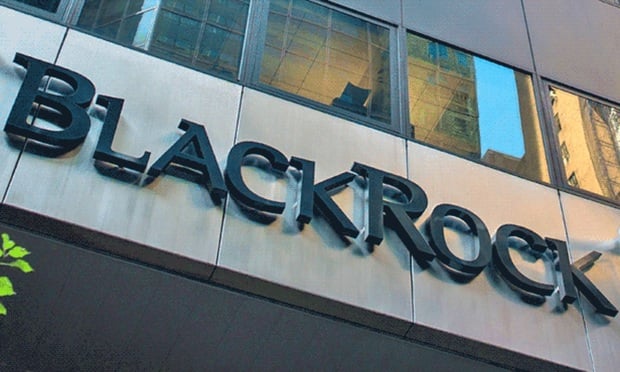 Credit: Grispb/Adobe Stock
Credit: Grispb/Adobe Stock
With the current economic volatility highlighted in the news cycle over the past several months, many employees are seeking guidance on how to manage their finances and investments wisely. In light of this, we asked CJ Follini, an adjunct professor at NYU with over 30 years of experience in finance and chief investment officer of NOYACK Alternative Investments, managing over $1 billion in assets under management with diversified experience in asset management, for some practical advice.
Q: What are some practical tips that employers can communicate to employees to safeguard their savings and investments with a potential recession looming?
- Offer educational workshops and webinars, expressing the importance of financial education is the beginning of everything. Action: Host regular financial wellness workshops or webinars focused on topics like building an emergency fund, investment diversification, and budgeting.
- Leverage personalized financial tools. Action: Provide access to personalized financial planning tools, such as budgeting apps or investment calculators that employees can use to manage their finances more effective.
- Incentivize participation in savings programs. Action: Offer incentives for employees who actively contribute to their emergency savings account (ESA), such as matching contributions or milestone bonuses.
- Offer one-on-one financial counseling.
Q: Are there specific programs, tools employers can offer employees to better help them save for retirement?
A: The most practical recommendation we make to companies for employers' employee engagement is by easily creating an ESA, which is a benefit that allows employees to automatically save a portion of their earnings specifically for unexpected expenses. Integrated with payroll, it offers a convenient way for employees to build a financial safety net without additional effort.
Recommended For You
With high levels of debt and low savings rates, many employees are financially vulnerable. An ESA provides a simple and effective way for them to build an emergency fund, reducing their dependence on credit cards and protecting their long-term financial health.
How an ESA works:
- Simple Enrollment: Employees can easily enroll online in just a few minutes.
- Automatic Savings: Contributions are automatically deducted post-tax from payroll.
- Employer Incentives: Employers can enhance participation by offering bonuses or matching contributions.
An ESA is a non-ERISA benefit that can be implemented at any time, helping employees achieve greater financial security and peace of mind.
Q. What are some alternative investment opportunities that employers/plan sponsors could offer employers in this volatile market?
A: The best asset classes for this volatile market are commercial real estate, fine art, venture capital. Why? Not only is commercial real estate a long duration asset that, over time, has performed amazingly well, but I also believe it has hit a bottom which means there is tremendous opportunity for an upswing. Essentially the same story goes for venture capital, and since these age groups are putting these investments into retirement plans or savings plans, they are meant for long run growth. Fine art has proven over the last 50 years to be one of the most resilient and best performing investments in times of elevated inflation and interest rates.
Q: How best can employees protect their 401(k)s against economic downturns?
A: I would diversify at least 30% into alternative investments as long as your time horizon is long-term.
Q: What are best financial wellness offerings employers can offer younger employees?
A: Student loan repayment assistance, access to financial education and literacy programs emergency savings accounts, flexible budgeting and savings tools, retirement planning support, health savings accounts, financial counseling services and employee discounts on financial products.
Related: Retirement confidence shaky, but 'heading inn the right direction': EBRI
Q: What's the best way employers can prepare near-retirees to make the transition to retirement?
A: If there's one thing I can highlight (and I think AARP is doing this well), it is access to discounts for a variety of life needs, especially financial products, as well as education around financial scams and frauds to prevent retirees from falling prey.
© Touchpoint Markets, All Rights Reserved. Request academic re-use from www.copyright.com. All other uses, submit a request to [email protected]. For more inforrmation visit Asset & Logo Licensing.







